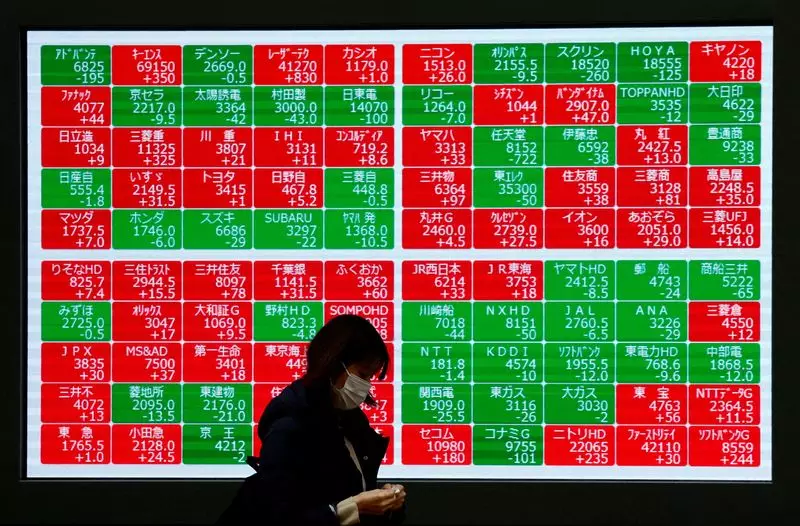Asian stocks are seeing a positive trend as they head towards the fourth consecutive month of gains. This trend is driven by various factors, including the performance of global currencies and key economic indicators.
The recent data showing a downward revision in consumer spending in the U.S. has had a significant impact on Treasury yields and the value of the dollar. This has created expectations in the market that the Federal Reserve might consider cutting rates, with a potential cut in September being a 50/50 possibility according to the CME FedWatch tool.
The MSCI’s Asia-Pacific index outside Japan has seen a 0.55% increase, rebounding from a three-week low. While there has been a slight decline for the week, the index has shown a 2.7% increase in May, marking the fourth consecutive month of gains. Key markets such as Japan’s Nikkei and China’s blue-chip index have also seen positive movements.
Market analysts are closely watching the European and U.S. inflation data, especially the core personal consumption expenditures (PCE) price index, as it is a key indicator for central bank policy decisions. However, there is uncertainty regarding the Fed’s stance on interest rates despite strong labor market conditions.
The fluctuation of the Japanese yen against the U.S. dollar has raised concerns about possible interventions by Japanese authorities. The yen’s vulnerability is exacerbated by the significant yield gap between the U.S. and Japan, leading to traders using the yen for funding investments in higher yielding currencies.
Central banks’ policies, especially in Japan and the U.S., are closely watched by investors as they can have a direct impact on currency values and interest rates. The Bank of Japan’s potential interest rate hike and the Federal Reserve’s stance on cutting rates are crucial factors influencing market sentiments.
Commodities such as oil and gold have seen mixed movements in response to market conditions. Oil prices experienced a slight decline due to an unexpected build in U.S. gasoline stocks, while gold prices saw a modest increase, indicating a positive trend for investors seeking safe-haven assets.
The current market scenario is characterized by a complex interplay of economic indicators, central bank policies, and global currency movements. Investors need to closely monitor these developments to make informed decisions and navigate the volatile market conditions effectively.

